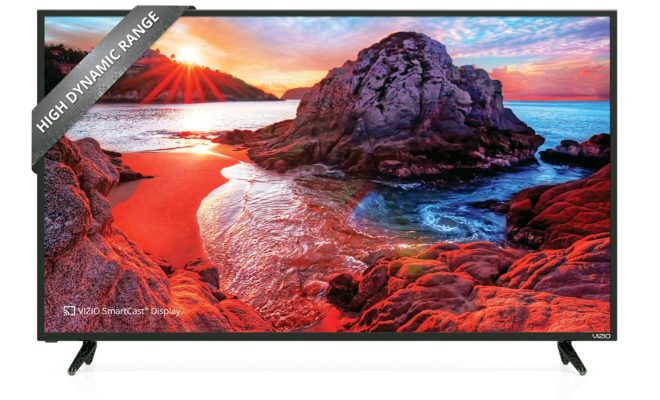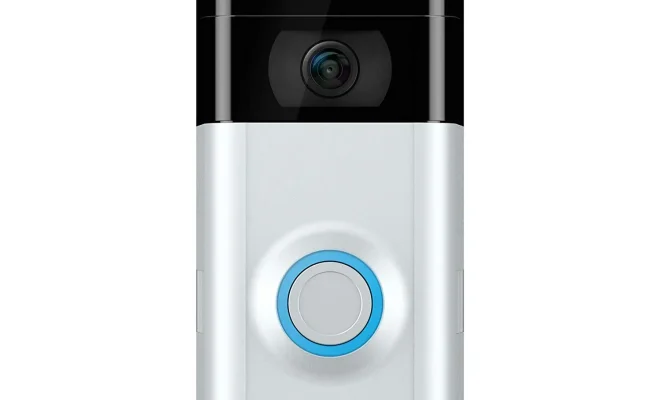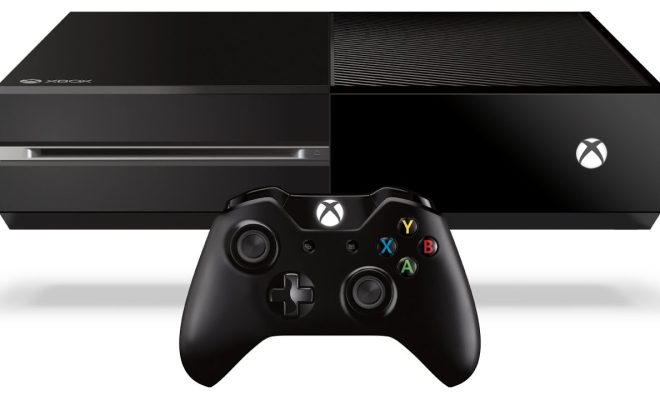HDR: Dolby Vision, HDR10, HLG — What It Means for TV Viewers

High Dynamic Range (HDR) technology is a game-changer for TV viewers. HDR can display greater brightness levels, more colors, and finer details than traditional Standard Dynamic Range (SDR) displays. This advanced technology enhances the quality of the viewing experience and makes it more immersive.
There are three different HDR formats currently available in the market: Dolby Vision, HDR10, and HLG. In this article, we will discuss each format and what it means for TV viewers.
Dolby Vision:
Dolby Vision is the premium HDR format that offers the highest quality of all. It uses a proprietary algorithm that sends dynamic metadata information to the TV to adjust the brightness, contrast, and colors on a scene-by-scene basis. This technology provides more lifelike and realistic images than other HDR formats. Currently, it is supported on high-end TVs and some streaming services.
HDR10:
HDR10 is an open-source HDR format, developed by the Consumer Technology Association (CTA) and is widely available on many 4K TVs. It is the most popular HDR format and supports static metadata — meaning that all the data about color, brightness, and contrast must be included in the video’s metadata before playback. This format is more widely adopted by content creators and has a broader compatibility range.
HLG:
HLG or Hybrid Log-Gamma is a new HDR standard that is still in its infancy. It was jointly developed by the BBC and NHK (Japan’s public broadcaster) and is designed primarily for broadcast TV. HLG is unique in the sense that it can display the same image on both SDR and HDR displays, making it easy for broadcasters to convert their existing content to HDR when the time comes.
So, what does this mean for TV viewers? HDR technology provides a more immersive viewing experience by delivering a wider range of colors and a more detailed picture quality. Though Dolby Vision offers the best quality of all, it is available on a limited number of TVs and streaming services. However, HDR10 is widely available, and most content creators and streaming services support it. As for HLG, it is a work in progress and is focused mainly on broadcast TV.
In conclusion, HDR technology is a significant improvement over the standard dynamic range, and there are several HDR formats available for viewers to choose from. Each format has its advantages, and viewers must consider which format best suits their viewing needs. As technology continues to advance, it is likely that we will see more HDR platforms in the future with even more impressive capabilities





